Click Here to View This Page on Production Frontend
Click Here to Export Node Content
Click Here to View Printer-Friendly Version (Raw Backend)
Note: front-end display has links to styled print versions.
Content Node ID: 406176
It seemed like a great idea, one of those where you kick yourself for not thinking of it sooner.
The plan: go on a typical sales trip with the owner of a small business to see exactly how he or she uses the company's jet for efficient travel.
We talk endlessly about how flying in a personal aircraft saves time and allows business people to conduct more frequent meetings while covering a larger area. But is that really true? I was about to find the answer, thanks to Sean Lynch, founder and program coordinator for Engine Assurance Program (EAP), which offers pay-by-the-hour maintenance coverage for older jet engines.
Lynch called me early last year and asked whether I’d like to join him on a sales trip in his 1984 Westwind II, a classic business jet from the days when ultra-long-range, large-cabin jets were usually converted airliners. The idea was for me to witness firsthand, and write about, how a business jet benefits a company like EAP, and to illustrate the benefits of business aviation from the perspective of someone who takes advantage of those benefits.
During the trip—which Lynch called the “Blue-collar Bizav Roadshow,” given the relatively small size of his company and the modest character of his jet—he flew to five states in four days and had more than 15 meetings, just one of which more than paid for the journey.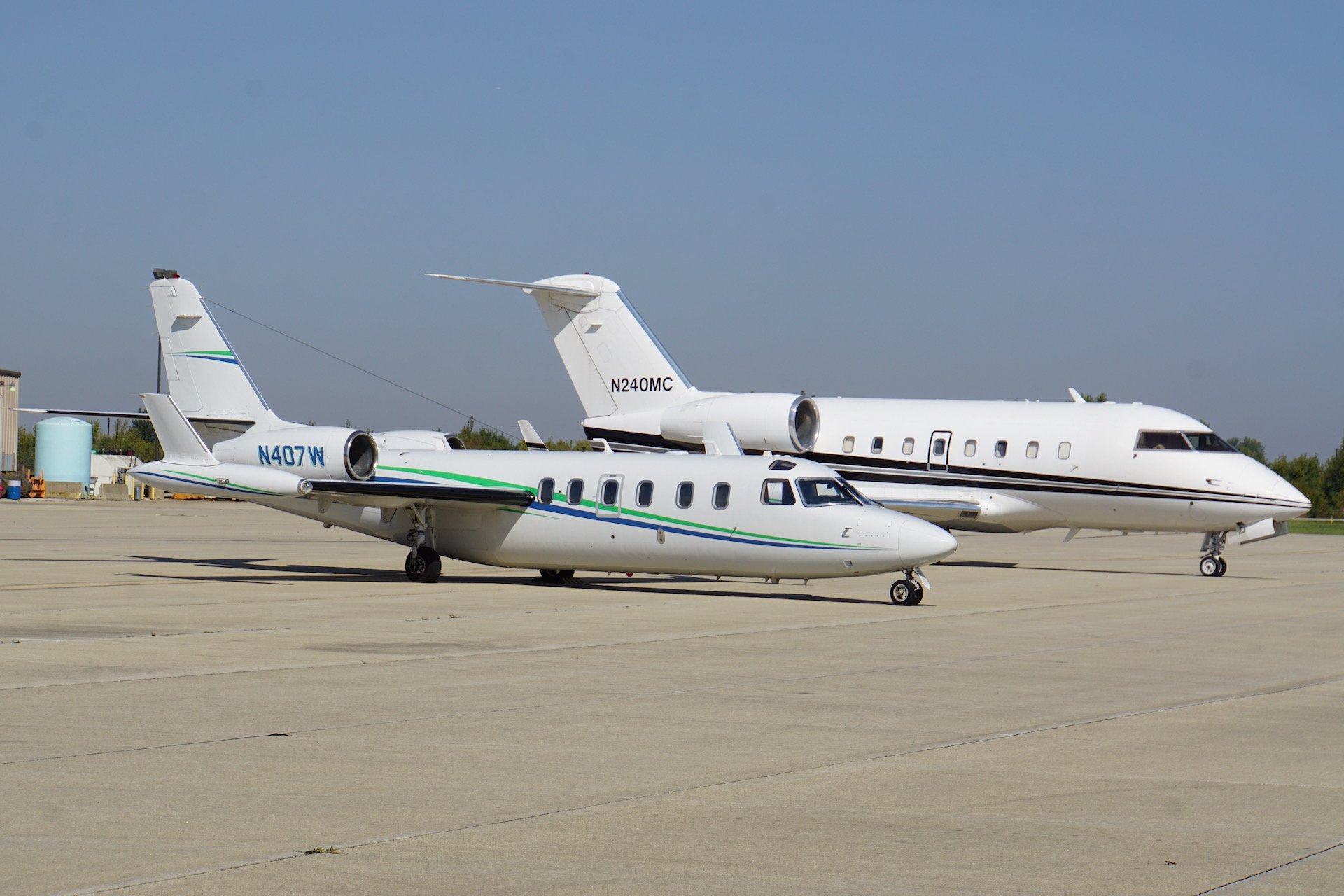
Arranging this kind of trip is no easy task, and soon after buying the Westwind in 2020 at a fairly reasonable, pre-pandemic-inflated price, Lynch realized that he didn’t have the time to manage the maintenance of the jet. Of course, the engines—Honeywell TFE731-3s—are enrolled in EAP but keeping after the myriad details of routine maintenance proved burdensome. So Lynch signed up to have the Westwind managed by Trinity Jet, a Dallas-based charter/management company, which also provides pilots for his trips.
Lynch’s reasons for buying the jet had to do mostly with growing his business without having to hire another salesperson. The per-year cost of a new hire would have roughly equaled what he paid for the airplane and would have also matched the annual budget for the amount of flying he needed to build EAP.
This Westwind isn’t for family travel; Lynch uses it only to visit customers and make sales calls three or four times a year. With the jet, he can cover a large region of the U.S. and in one week arrange 15 to 20 face-to-face meetings. “I have not used it once for leisure travel,” he said. “Every time I take it out it’s a purpose-built trip.”
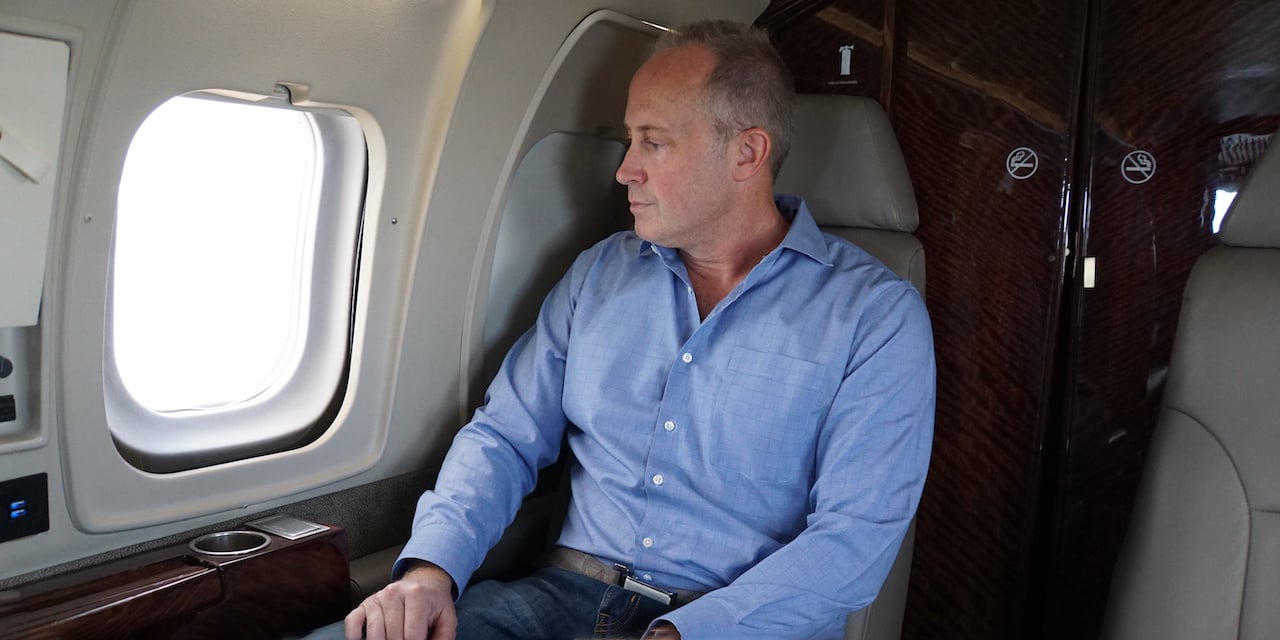
Of even more value to Lynch, however, is that he can have breakfast with his family on a Monday morning and drop his kids at school, then take off in the Westwind, do a lot of business, and be back home for school pickups on Thursday or Friday. “In this one-week trip, we’re going to save easily three days,” he said. “The trip would have taken eight days to do commercially with rental cars. My kids are young, and I hate coming home after a five-day trip and seeing that they’ve literally grown up while I was gone.”
Accomplishing such a trip via airlines and rental cars is impossible; Lynch would be able to make fewer than half as many visits, would spend less time with his family, and would need to log much more time trying to get to his customers’ locations, many of which either aren’t served by airlines or take multiple legs to get to a destination, followed by a long drive and many more hotel nights. There is also the intangible benefit of pulling up to a customer's hangar in the neat-looking Westwind, powered by engines in the program that Lynch is proffering. Not to mention the reduced risk of flying in one’s own aircraft versus being jammed in with dozens or hundreds of others on an airliner and the massive increase in safety of flying in a business jet versus the extra exposure time of all that driving.
With the pandemic dragging on, the argument about whether online video calls can make up for cutting back on travel is gaining ground. But Lynch will never subscribe to that philosophy. His regional trips since buying the jet have proven that over and over again. Each one of the trips has been worthwhile, easily covering the cost of the flight and justifying the use of the jet.
The Westwind II can be generously described as a classic. Even in today’s red-hot market, buyers aren't lining up to bid up the prices of old Westwinds, but it suits Lynch’s needs perfectly.
One important attribute of the jet is its Honeywell (formerly Garrett, to give the jet’s age some recognition) TFE731-3 engines. These are the engines that launched EAP into the pay-by-the-hour maintenance coverage business, and customers appreciate that Lynch shows up in an airplane with engines covered by his company. At the same time, Lynch gets to experience firsthand what it’s like to be an aircraft owner and deal with the headaches and enormous expenses of maintenance.
Lynch’s Westwind is a workhorse, with a comfortable but unambitious interior and original instrumentation; the airplane’s only nods to modernity are two Garmin GPS navigators and some USB ports in the cabin. Most important, the airplane works great for regional trips and fits Lynch’s mission for the 30 to 40 hours a year he wants to travel on sales calls.
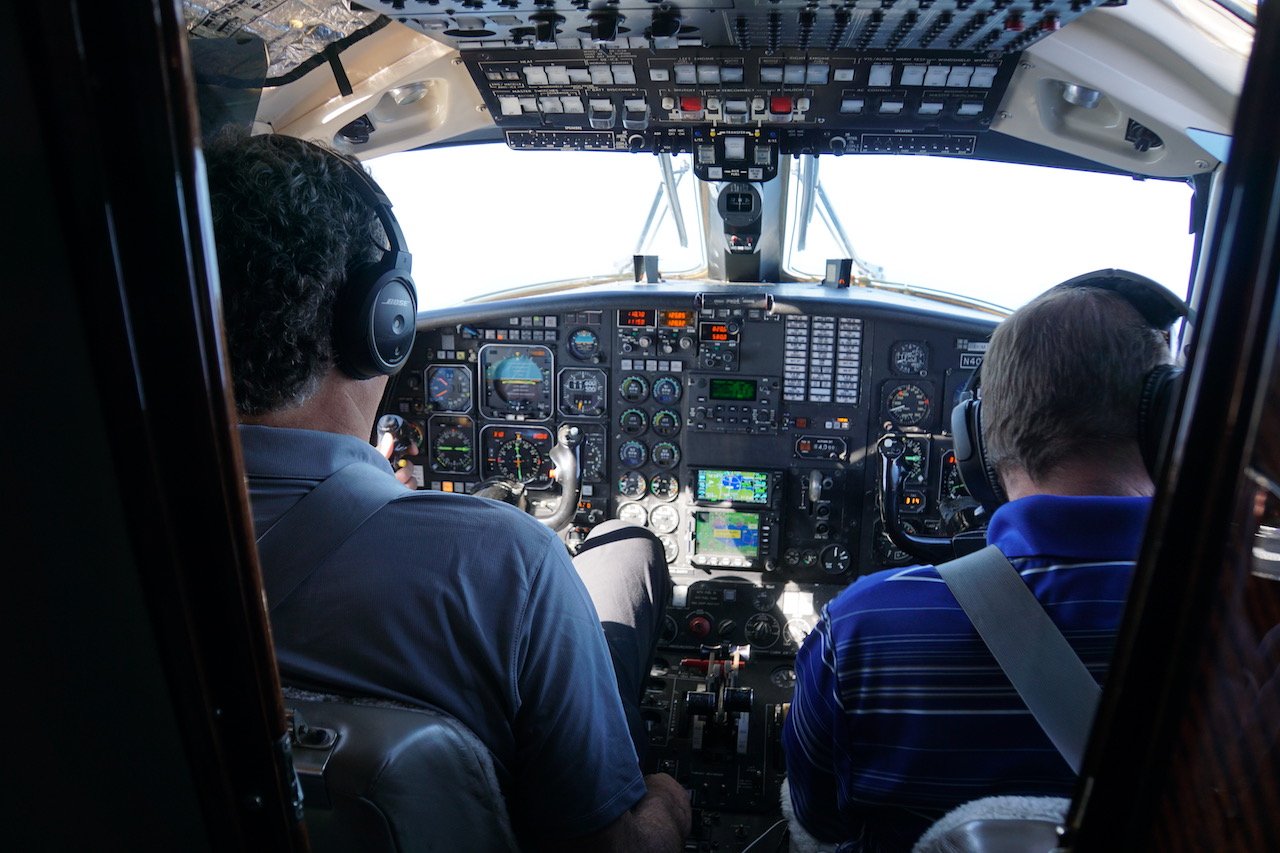
Although it can fly up to 2,500 nm, Lynch rarely goes that far on his sales trips, preferring to target different regions of the U.S. and fly around within each region. “We don’t fly over states,” he said. “There is business everywhere. We’re usually stopping every 45 minutes to an hour. The Westwind has been [perfect]; you’re not getting into super-short fields, but we can usually find an airport long enough.”
Maintenance isn’t an issue, even though the Westwind is relatively old. But if some parts are hard to find or staggeringly expensive—like the brakes, the cost of which averages out to about $300 per landing—well, that’s all part of the pleasure of owning an airplane.
Joining us on the trip were Kristin Spear, who was documenting the journey on social media, and Aeristo president Alexander Schmidt, a friend of Lynch's who also had some sales calls to make for his leather interior products company.
We started the trip at Love Field in Dallas, where the airplane is based, and our first stop was Centennial Airport south of Denver, a two-hour flight. The weather ended up being perfect during our entire trip. 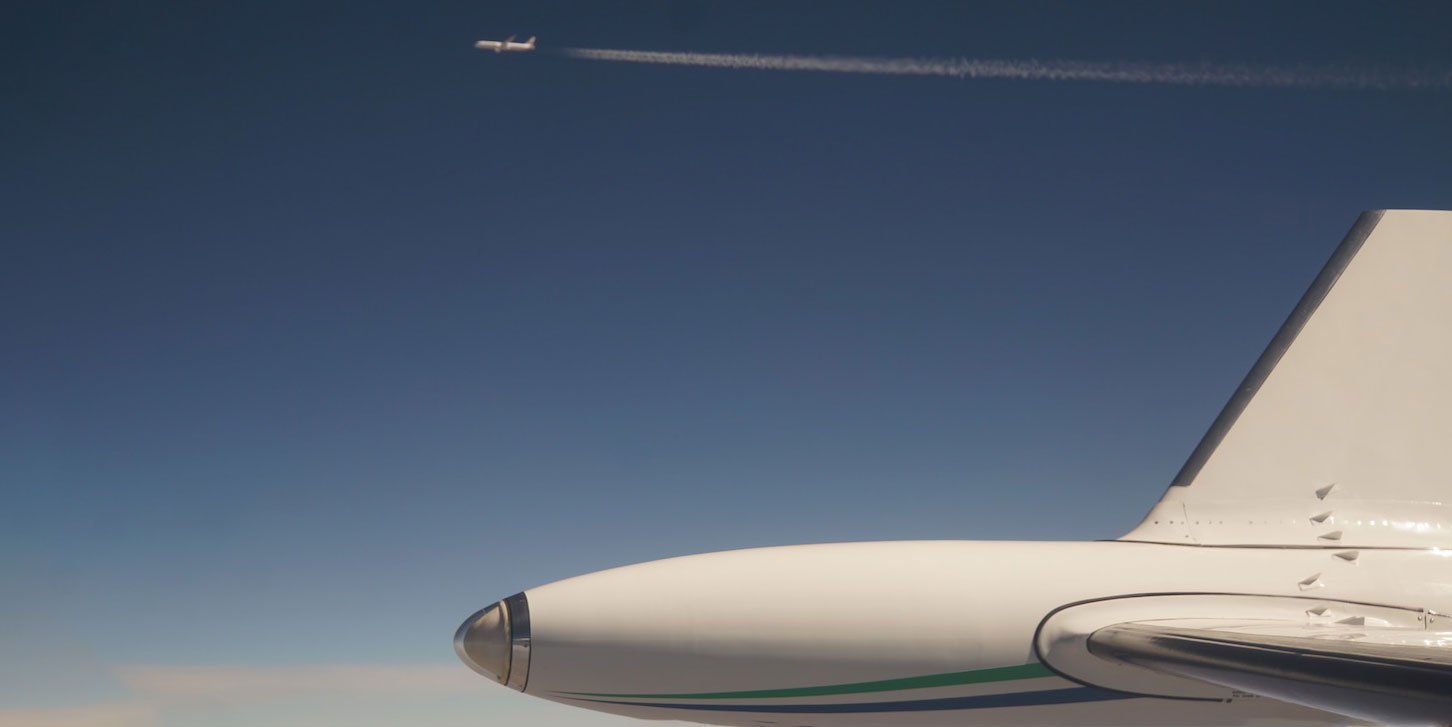
At Centennial, we visited a prominent corporate flight department, renewing some of Lynch’s long-time friendships, and had lunch at the airport’s excellent restaurant, The Perfect Landing, with another of Lynch’s friends. While to me it didn’t seem like a whole lot of selling was going on, I learned later that this is just part of Lynch’s selling process and the magic of sales, which is only enhanced by face-to-face meetings.
Back on the airplane, it was just over an hour to Lincoln, Nebraska, and an in-depth tour of Duncan Aviation’s headquarters. Again, it didn’t seem as if Lynch was actively selling, but this just reflects my ignorance of how a good salesperson works.
We spent the night in Lincoln and got an early start the next morning with a one-and-a-half-hour flight to Battle Creek Executive Airport in Michigan, where Duncan Aviation has another maintenance facility. These short legs in the Westwind were plenty comfortable, and the relatively tall, nearly rectangular-shaped cabin gives passengers lots of elbow room. Our groundspeed regularly exceeded 480 knots, underscoring the Westwind’s great performance and that replacing it with something more modern and with equivalent specs would cost millions more dollars.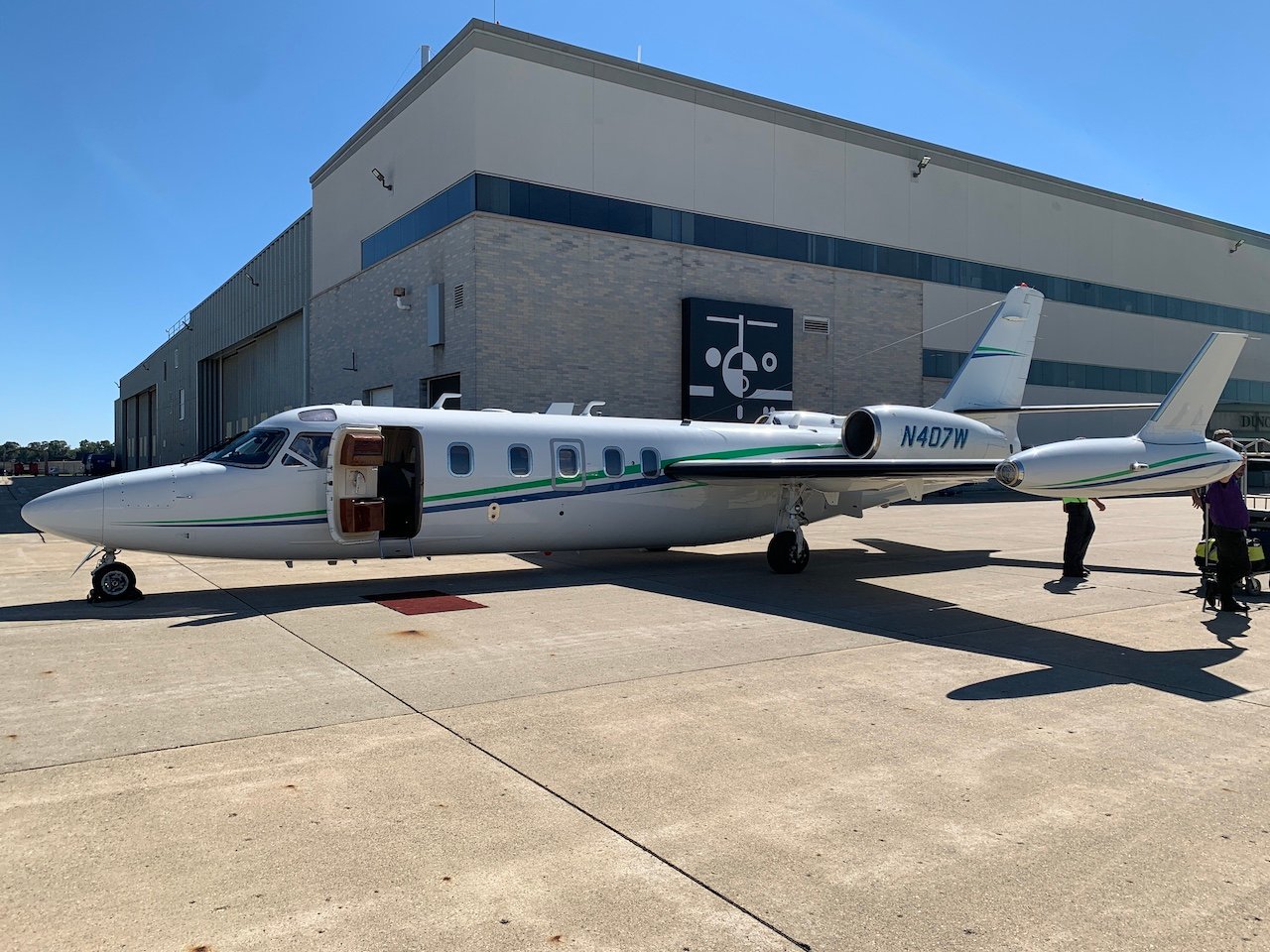
Dinner at WACO Kitchen, the restaurant adjacent to the WACO Aircraft factory, showed that airport restaurants can aspire to a higher level of food quality and service. The restaurant offers fresh, locally sourced food and a well-stocked bar; and during the day, patrons can look through windows into the WACO factory hangars and watch classic biplanes being built.

The next morning, Lynch and I took a side trip using a car kindly loaned by Duncan Aviation’s Battle Creek FBO, while Schmidt spent the morning visiting Duncan’s interiors specialists. We could have flown in the Westwind to visit Northern Jet Management in Lansing, but Lynch felt that it would be more efficient to drive.
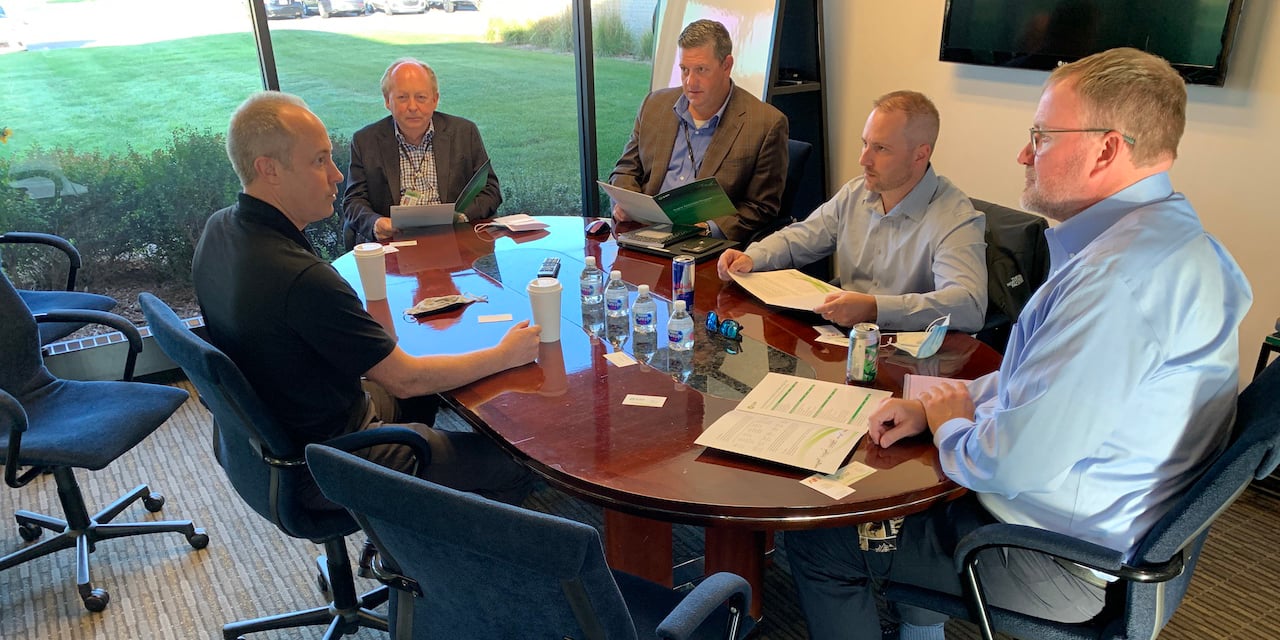
However, I couldn’t help pointing out on the way back that Northern Jet CEO Charles Cox would have loved to see his spiffy-looking Westwind.
Lynch again worked his sales magic during the visit; then we drove back to Battle Creek for the next leg of the trip: a flight of less than an hour to Aurora, Chicago. Here we spent some time with Chicago Jet Group owner Mike Mitera and saw firsthand his team’s Falcon 50 and 900 Universal Avionics flight deck modernization upgrades. Of course, those jets are powered by TFE731s, ripe targets for EAP’s services.
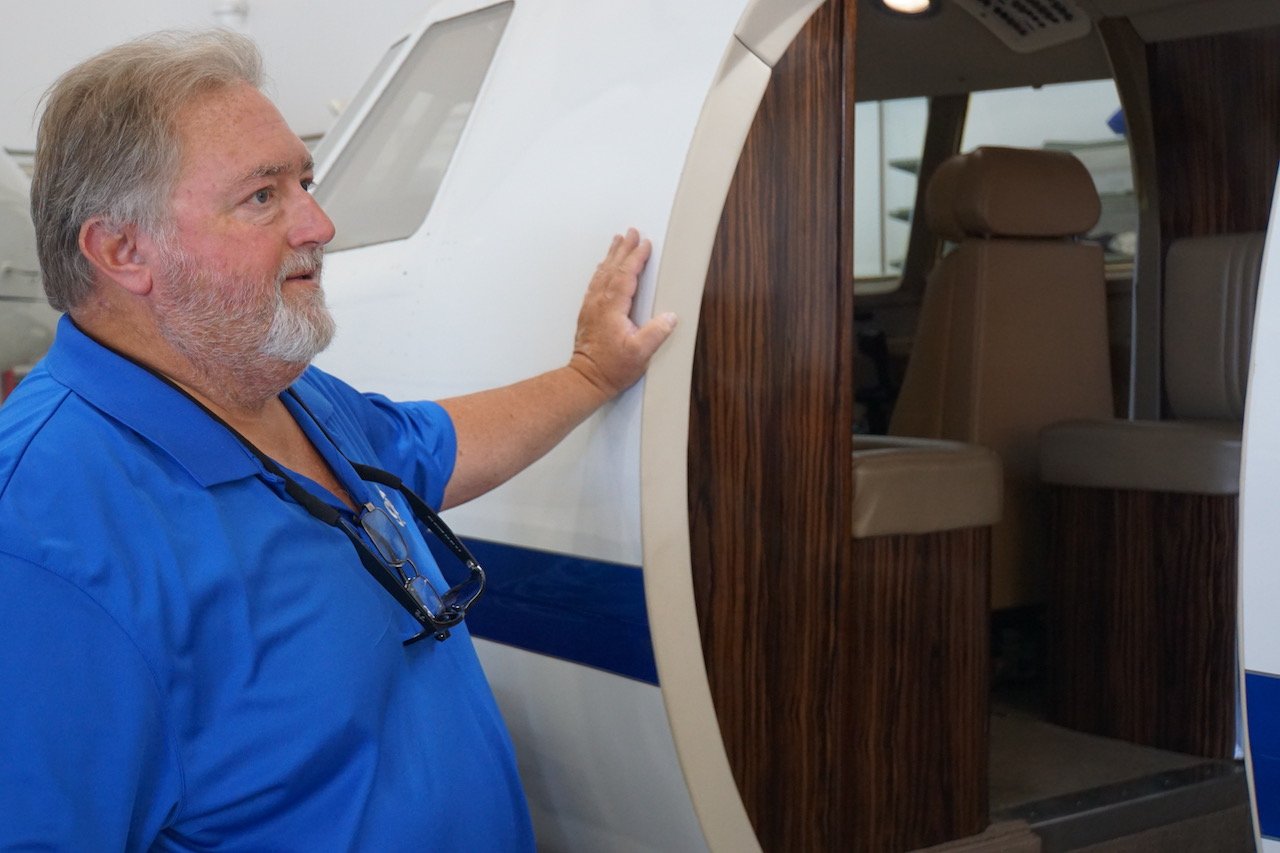
After lunch with Mitera and crew, we climbed back into the Westwind for another sub-one-hour flight to St. Louis Regional Airport in Alton, Illinois. We visited West Star Aviation’s largest facility, where the crew accomplished more than 100,000 hours of maintenance on Falcons alone last year, three times as much as the company’s facilities in Chattanooga, Tennessee, and Grand Junction, Colorado. “This is the best we’ve seen it in 20 years,” said Eric Kujawa, v-p Falcon product development.
Due to my tight work schedule, I left the Bizav Roadshow in Alton and caught a ride to St. Louis for my flight home on the airlines—definitely not as comfortable as the Westwind. Lynch went on to another visit in Oklahoma on the way back to Dallas on the following day, thus concluding a successful trip and once again proving the value of business aviation.
“I’ve closed at least one deal every time we took the airplane out,” Lynch told me after the trip. “The most important part was getting in front of the [key] players, seeing their repair stations, and meeting leaders and sales teams. If all they’ve ever done is read about [our product], that’s not going to do much. That relationship and rapport are so critical; people aren’t going to buy off sending you $100,000 a year if they don’t have a real gut feeling on the situation.”
On the previous Roadshow, Lynch signed up six enrollments. “It more than paid for the airplane,” he said. The most recent trip was such a beautiful example of what you can get done with an airplane," he concluded. "It really was a general aviation jet requirement to get all those meetings done in four days.”